Revit BIM Software & its Benefits for Architecture
Revit BIM Software is one of the popular courses taught in our CADD Centre, Nagpur. If you are an Architect and are looking to know about Revit BIM Software and how it be useful to you, we have compiled some key information about it here.
What is Revit BIM?
Building Information Modelling (BIM) is the process of creating intelligent 3D modelling which helps in the creation of designs, simulation as well as managing a commercial building or civil infrastructure in an efficient manner. Revit, acquired by Autodesk Inc. in 2002 is one of the most popular BIM platforms which is used to create BIM models.
Revit BIM is a powerful tool, beneficial to many professionals such as fabricators, architects, interior designers, general contractors, sub-contractors and estimators as it allows them to create designs, simulate as well as manage building projects in an efficient manner. Revit BIM software improves accuracy factors, enhances collaboration and also streamlines project management. This software is an essential tool for people working in the Architectural, Engineering, and Construction (AEC) industry.
Revit BIM software was developed to get a firm hold on speed and revision. Revit BIM software was written originally written in C++ language, by using a parametric change engine. By using visual programming, this software has revolutionised BIM with an advanced platform to develop parametric families. It also allows a fourth dimension in building modelling by incorporating time as a factor.
Some of the main benefits of using Revit BIM software in Architecture are:
1. Excellent parametric modelling
Through its Dynamo plugin, Revit BIM is a popular parametric modelling tool. Parametric modelling is a process of creating 3D models by using parameters to help control the geometry of this model. When these parameters are altered and adjusted to change the size or shape of the model, the model gets updated accordingly on its own. This enables a high level of flexibility and precision in the design process and allows the architect to create complex forms and shapes which would have been very difficult to create manually. Parametric modelling gives the freedom of easily modifying and updating the building designs whenever required.
2. Risk-management
Revit BIM is excellent when it comes to error detection and risk mitigation which is very crucial in the initial stages of the whole process. With Revit BIM, the risks due to the chances of overlooking data or inconsistencies can be avoided even before they occur. This saves human lives too as errors can put people at risk of losing their lives during or after construction.
3. Cost and time-efficient
As Revit BIM streamlines the project management including the design process, it can help in reducing the construction cost by enabling more accurate estimates of material requirements. Cost is also reduced as this software is useful in identifying errors and potential conflicts in the initial design process itself.
The easy process of extracting 2D and 3D drawings from projects in Revit BIM is helpful in saving a lot of time. Also, since it detects errors well in advance, it is helpful in making necessary adjustments to the designs before it’s too late.
4. Better coordination and collaboration
Linked modelling through Revit BIM's tools enable a detailed level of coordination. Complex work models can be monitored regularly and any modifications done are updated swiftly and communicated across all the concerned teams. This promotes coordination and collaboration amongst teams from various disciplines and expertise, which can have a huge positive impact on the overall outcome of the project.
5. Easier Scheduling
Revit BIM’s information database is centralised and it allows linking to occur between a base model and all its instances, viewable by multiple users. The software’s scheduling mode helps to reduce several common workflow inefficiencies which was quite difficult in the past.
6. Great Landscape recreation
Most of the architectural projects include some form of landscape development. Revit BIM is capable of generating hassle-free landscape recreation 3D models with little effort. Once the geographical whereabouts of a particular building or area are provided, it is quick and easy to recreate the local landscape along with the rest of the project being designed. Local particularities of the project location or individual preferences can be specified which will be incorporated to the design of any indoor or outdoor landscaping through Revit BIM’s fantastic design diversity and versatility.
7. Energy analytics
The energy analysis tools of Revit BIM help to analyse the energy performance of a building by way of Energy Simulation or Energy Modelling. The analysis allows us to comprehend the operations of a building under certain criteria and the best design alternative can be chosen to provide an environmentally responsible and sustainable structure.
Contact us today to learn more about Revit BIM and other Architectural CAD courses in Nagpur provided by us. We are renowned also for our top-class AutoCAD training in Nagpur.
For any queries or details Feel free to call us on - Nandanvan- 7507111164 I Sadar-7507111145, Or Visit our website- www.caddcentrenag.in/










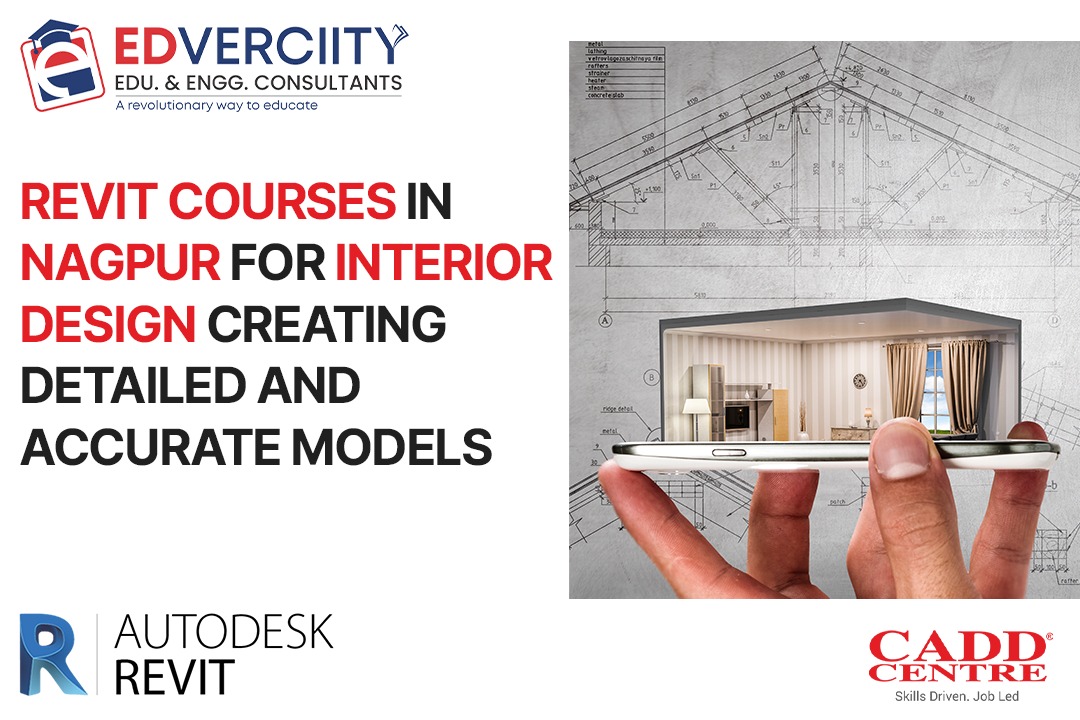














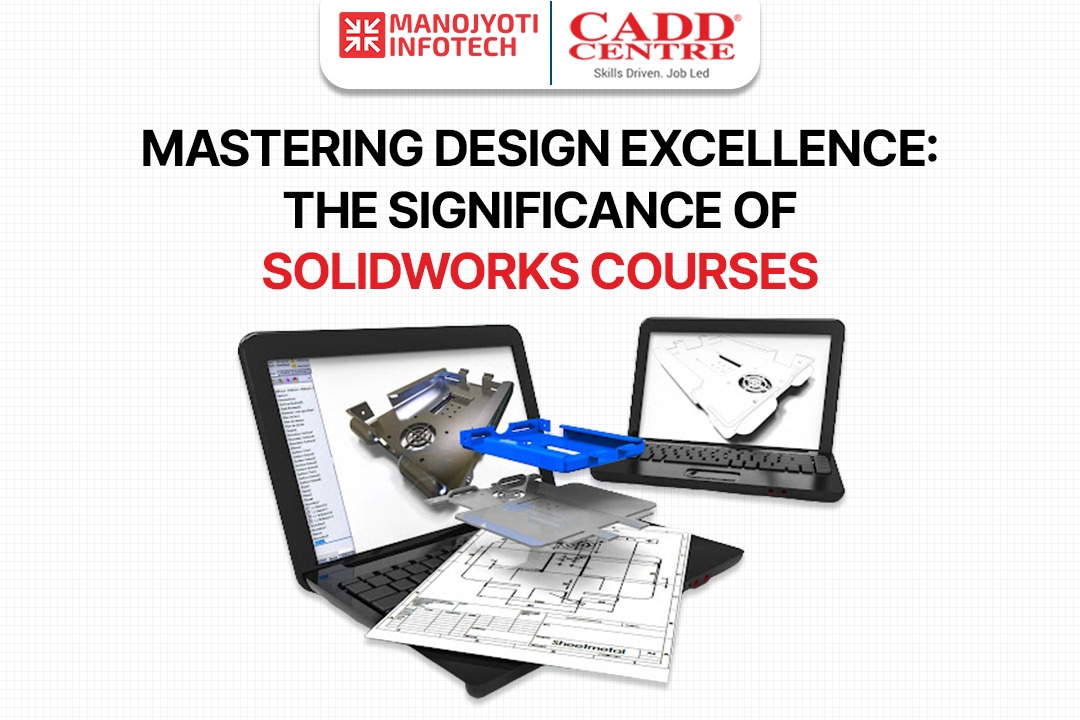


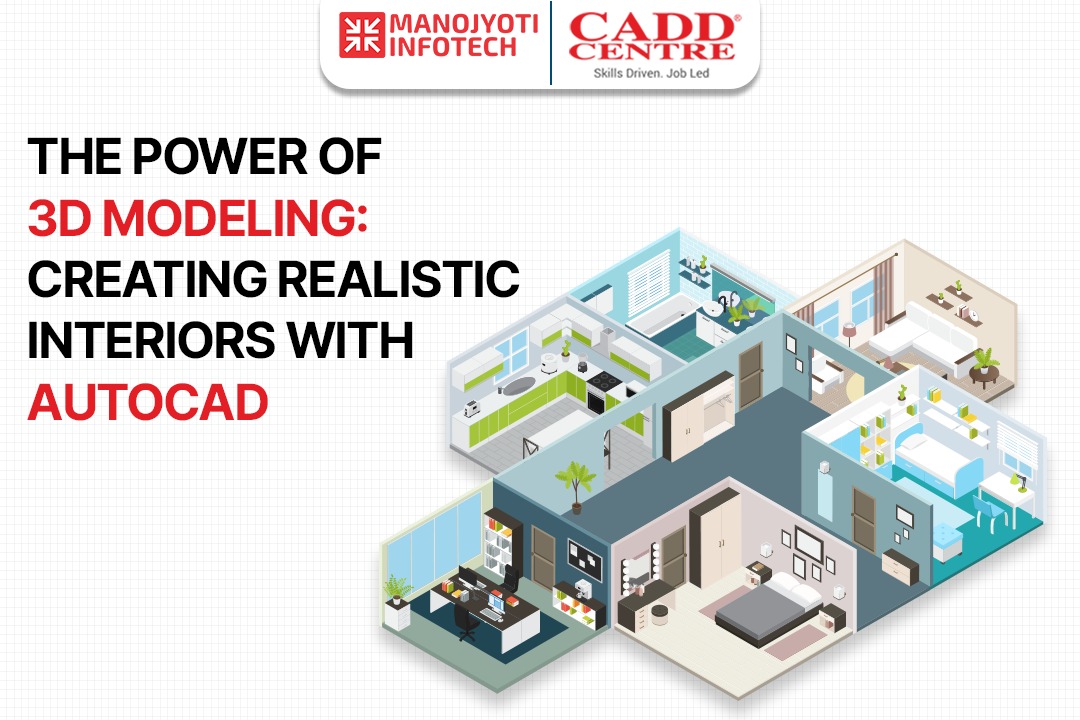


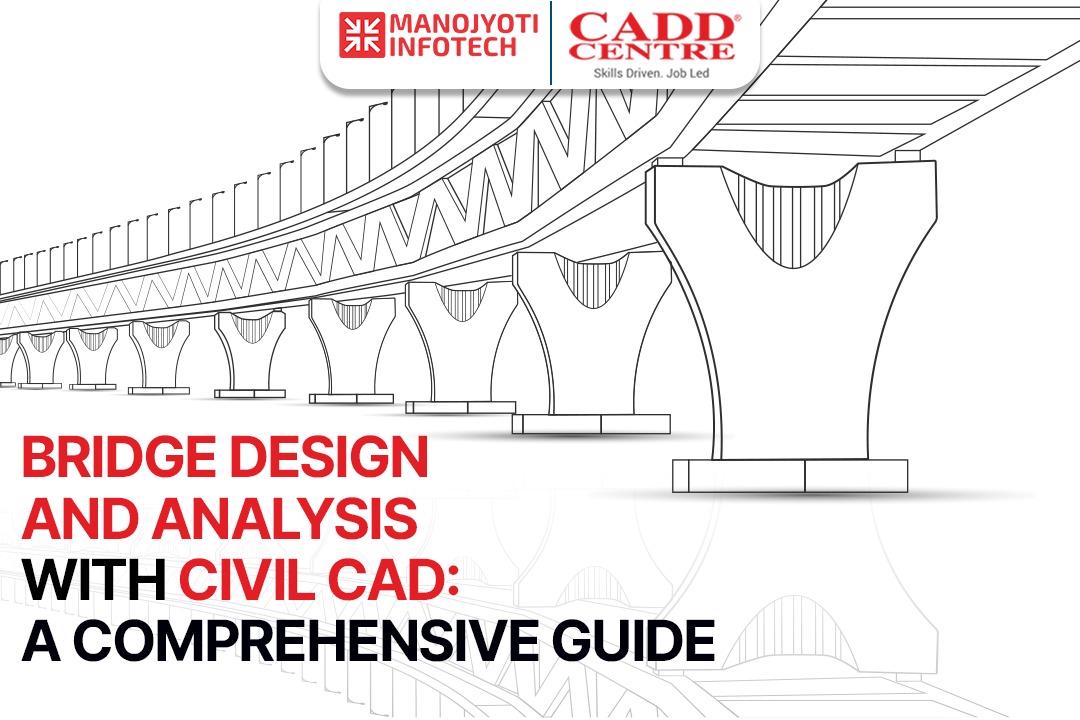



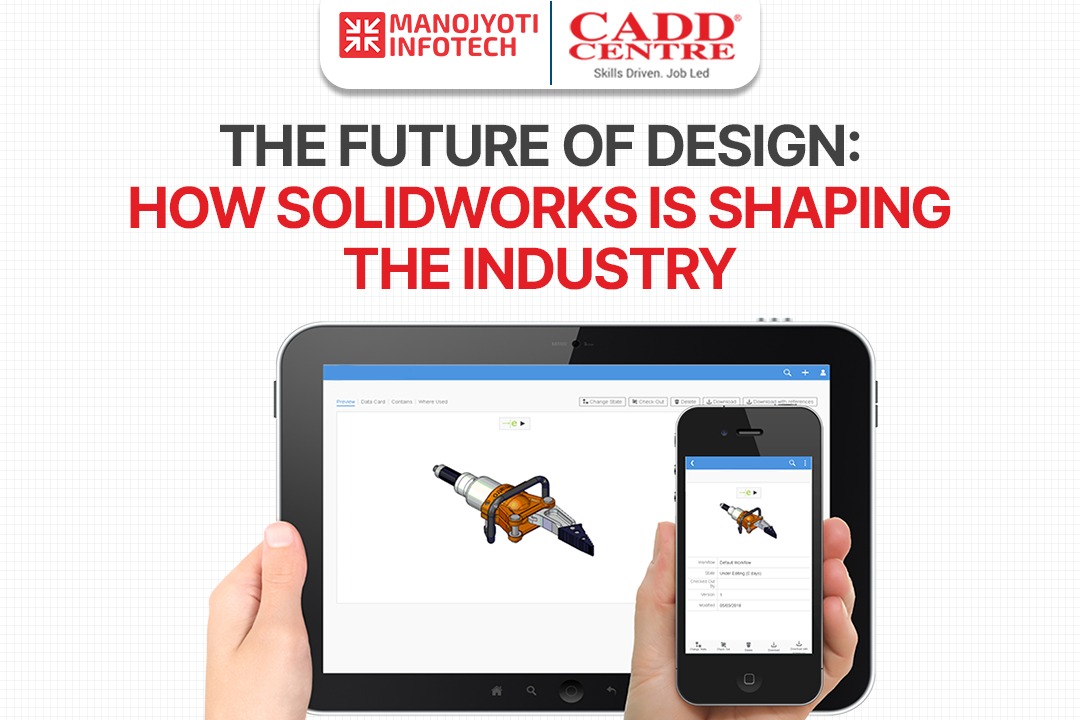






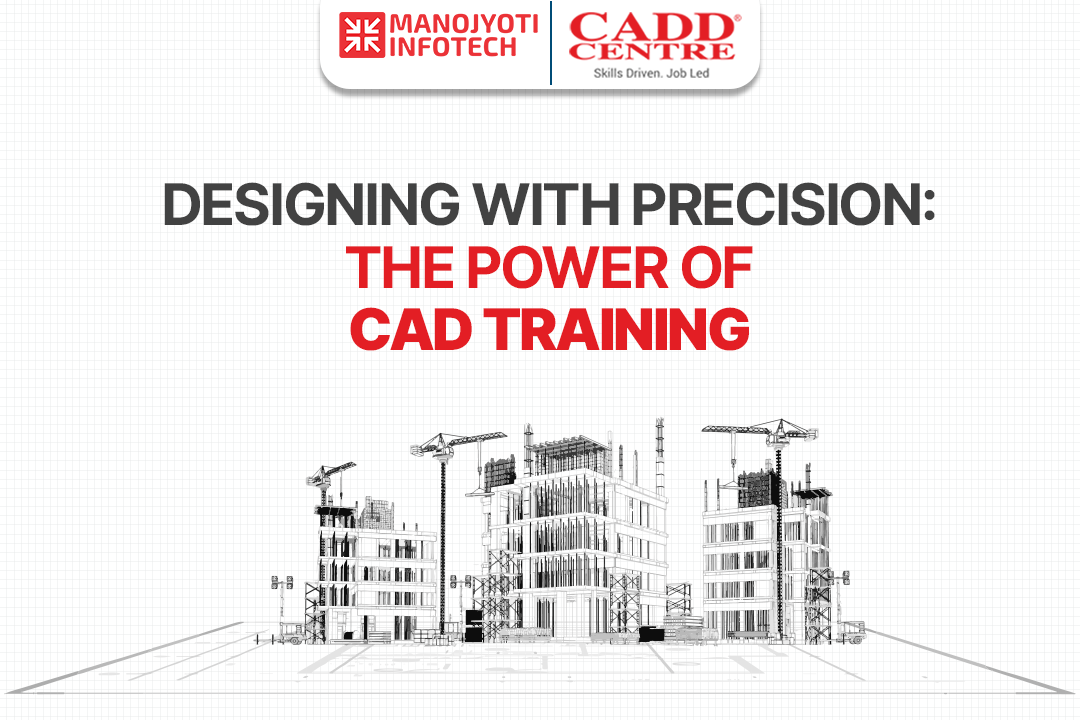


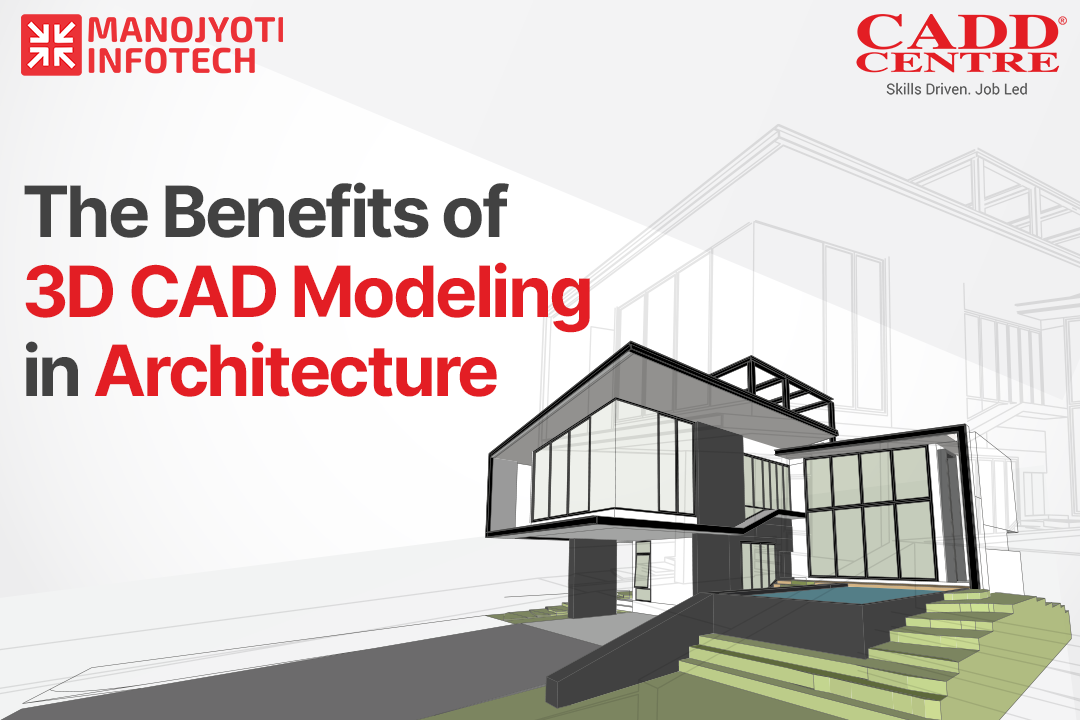










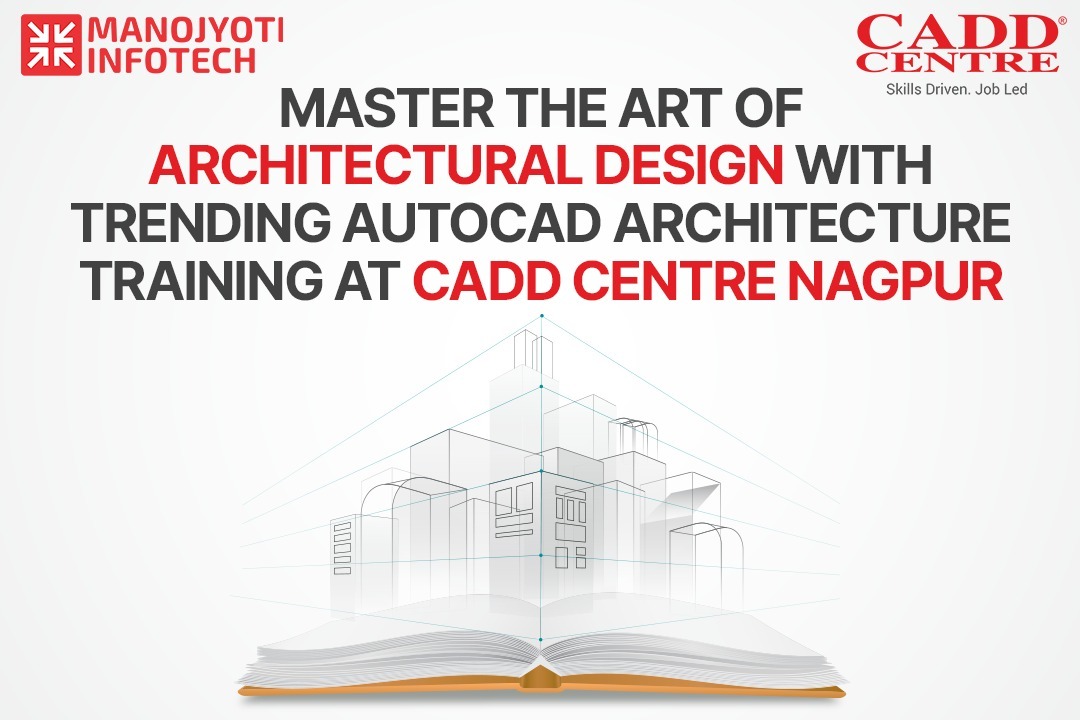
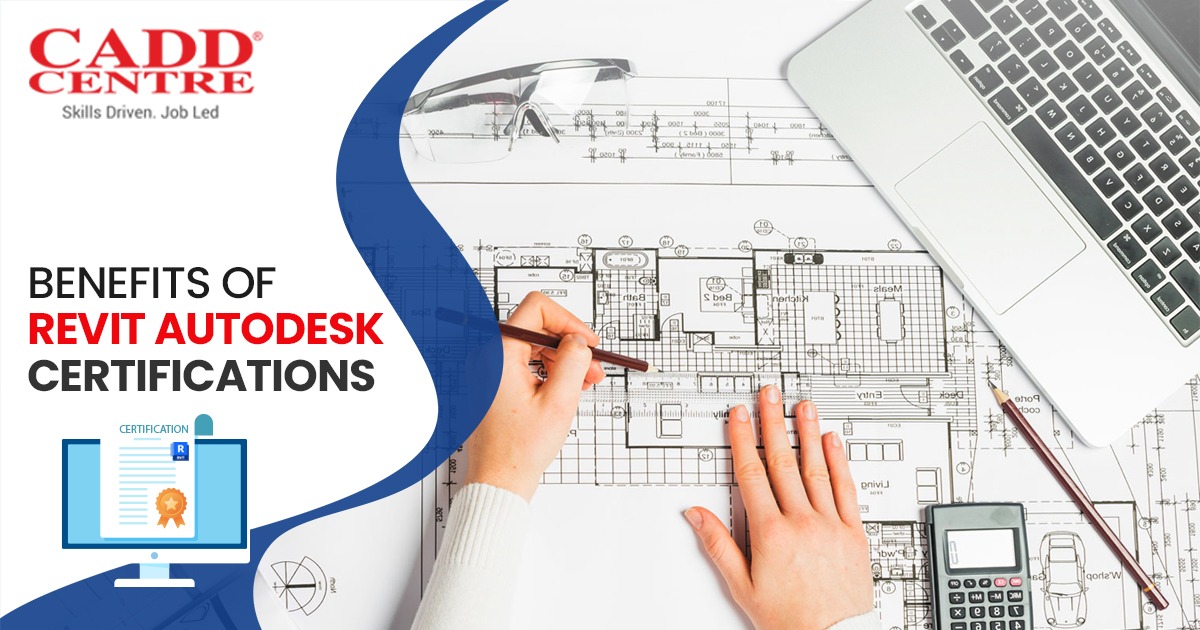


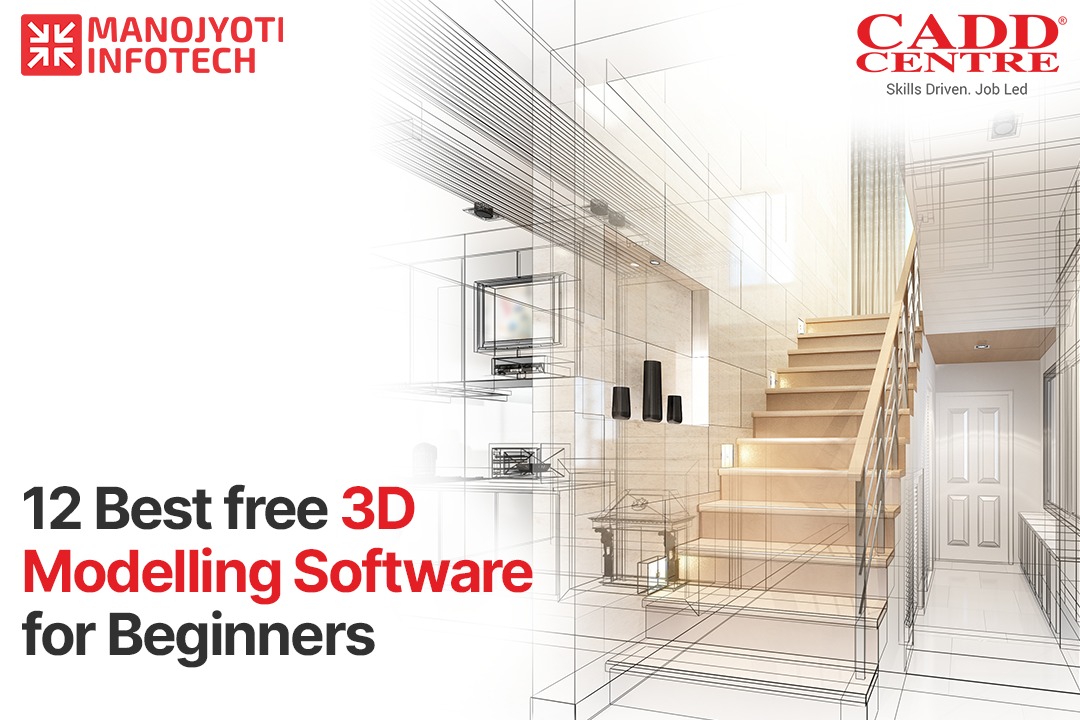




.jpeg)


